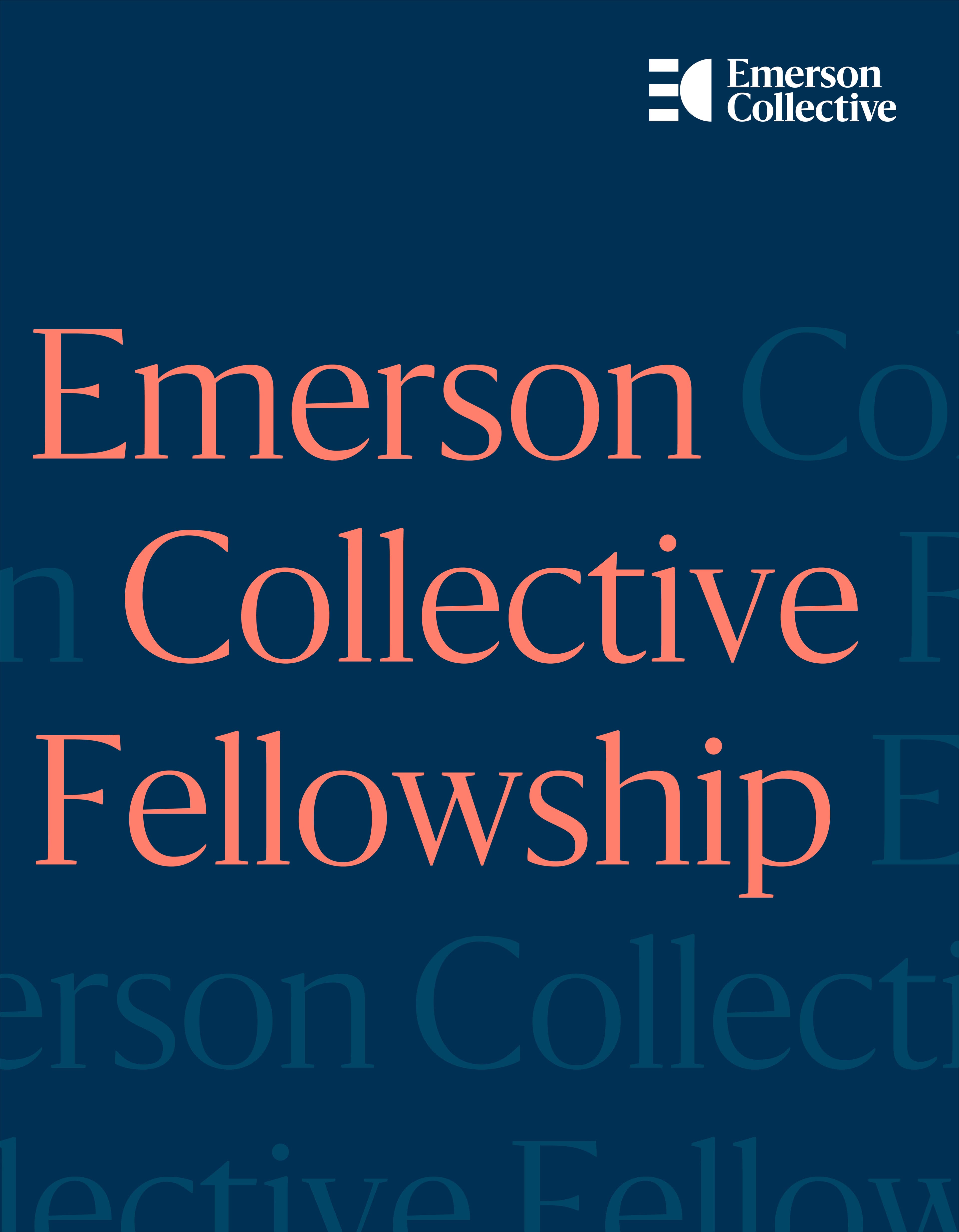Fellowships
At Emerson Collective, we believe that individuals have the power to untangle hard problems with ingenuity, to elevate human truths through art, to reinvent our most calcified systems.
We believe that an individual voice can inspire us, unite us, and show us the way forward. We also believe that such individual innovation requires both support and freedom to flourish—so that individuals can follow their creative instincts, take risks and make big bets, and set off on paths with unknown destinations. Emerson Collective supports visionary individuals to pursue such intellectual, creative, and professional ambitions through the Emerson Collective Fellowship. Each Fellow’s work and projects advance the public understanding, creating new avenues for progress.
